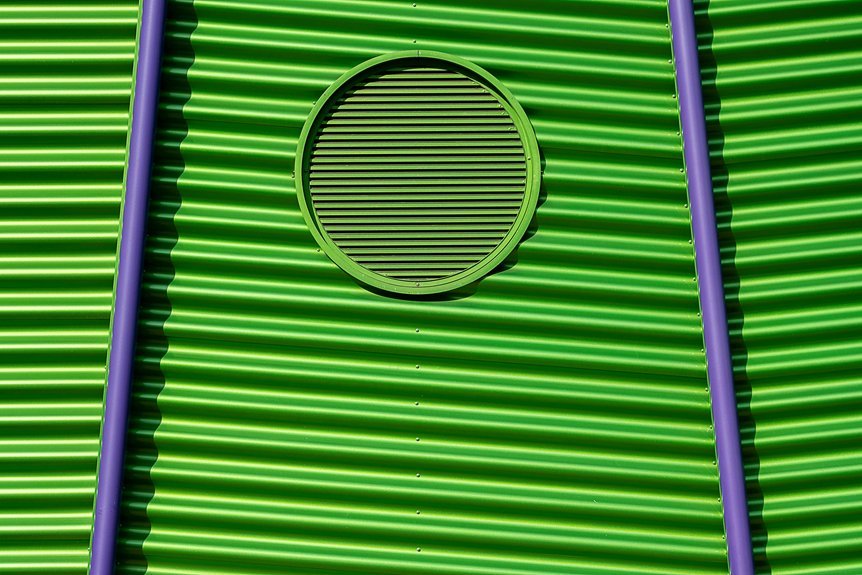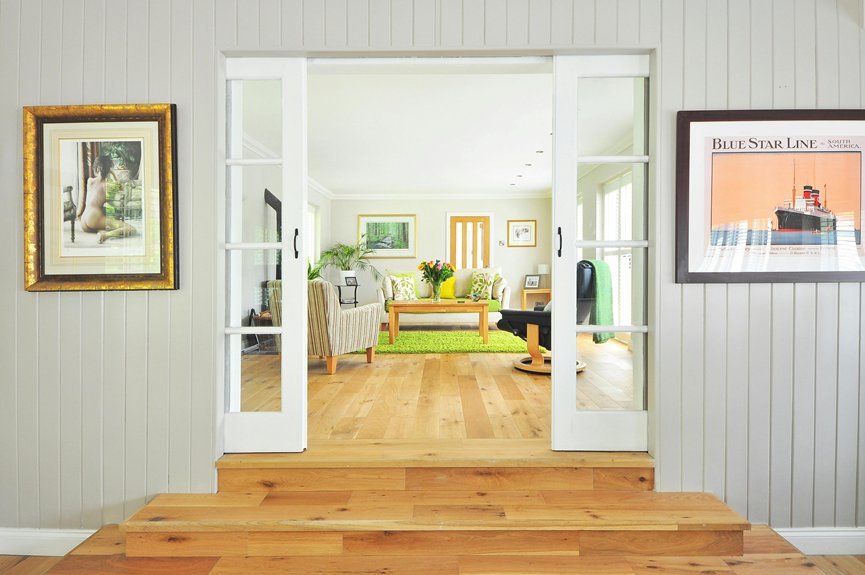Did you know that properties with well-designed compound walls can increase their perceived value by up to 20%? This statistic highlights the importance of a thoughtful approach to wall design, which balances aesthetics with functionality. By understanding the key principles behind the Simple Compound Wall Design Pattern, you can transform any space into a secure yet inviting environment. But what exactly makes this design so effective? Let’s explore its core elements and benefits.
Key Takeaways
- Simple compound wall designs enhance property security while maintaining aesthetic appeal through harmonious integration with the landscape.
- Durable materials are essential for longevity, ensuring the wall withstands environmental conditions over time.
- Modular designs facilitate easy maintenance and adaptability to changing property needs without compromising structure.
- Collaboration with architects ensures alignment between design vision and functional requirements for the compound wall.
- Regularly reviewing design elements promotes continuous improvement and user satisfaction in various real-world applications.
Understanding the Simple Compound Wall Design Pattern
When you explore the concept of a simple compound wall design, you’ll find it serves not just as a boundary but also as a functional element that enhances security and aesthetics.
Understanding the design pattern behind wall construction is essential. A well-thought-out design can integrate materials effectively, ensuring durability while complementing your property’s style.
You’ll want to take into account height, texture, and color, aligning them with your overall landscape and architecture. This approach not only defines your space but also elevates its character.
Key Principles of the Design Pattern
To design an effective simple compound wall, you’ll need to contemplate several key principles that influence both form and function. These design principles guide your choices, while implementation strategies guarantee your vision becomes reality.
| Principle | Description |
|---|---|
| Aesthetic Appeal | Create visual harmony and beauty. |
| Durability | Choose materials that withstand time. |
| Functionality | Verify it serves its intended purpose. |
| Security | Enhance safety and privacy effectively. |
Benefits of Implementing the Pattern
Implementing a simple compound wall design brings numerous benefits that enhance both the aesthetic and functional aspects of a property.
First, this pattern offers scalability advantages, allowing you to easily adapt and expand the design as your needs change. You can integrate new elements without compromising the overall structure.
Additionally, the design promotes maintenance efficiency; fewer materials mean less upkeep and lower costs over time.
With a streamlined approach, you can focus on enhancing your property while ensuring durability.
Real-World Examples and Use Cases
Real-world applications of simple compound wall designs demonstrate their versatility and effectiveness across various settings. You’ll find these designs particularly useful in urban developments, residential communities, and commercial spaces. Each scenario showcases how a well-implemented wall can enhance security while providing aesthetic appeal.
| Setting | Effective Scenario | Benefits |
|---|---|---|
| Urban Developments | Creating privacy between properties | Improved security and aesthetics |
| Residential Communities | Defining boundaries while maintaining openness | Enhanced community feel |
| Commercial Spaces | Protecting assets while allowing visibility | Increased customer engagement |
Best Practices for Effective Implementation
How can you guarantee that your compound wall design meets both functional and aesthetic needs? Start by employing best practices during planning.
Prioritize materials that offer durability while complementing your landscape. Utilize implementation strategies like modular designs, allowing for easier adjustments and maintenance.
Collaborate with architects and builders to secure alignment on vision and function. Regularly review design elements against your initial goals, making necessary tweaks along the way.
Finally, incorporate feedback from users and stakeholders to refine your approach. By following these guidelines, you’ll create a compound wall that not only stands strong but also enhances your property’s curb appeal.
Conclusion
Incorporating the Simple Compound Wall Design Pattern not only enhances the security and aesthetics of your property but also reflects a commitment to thoughtful, sustainable design. As the saying goes, “Good fences make good neighbors.” By prioritizing durability and low maintenance, you’re investing in a solution that stands the test of time. Embrace this adaptable design to elevate your environment, creating a harmonious balance between functionality and beauty for years to come.



